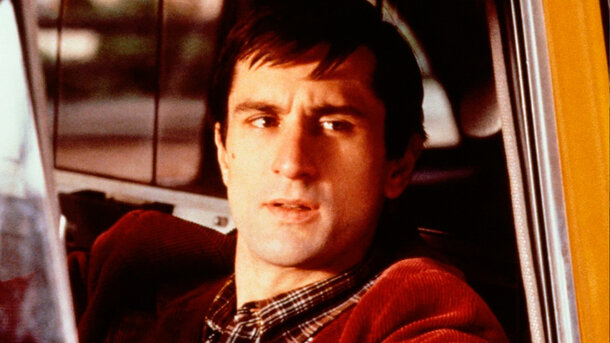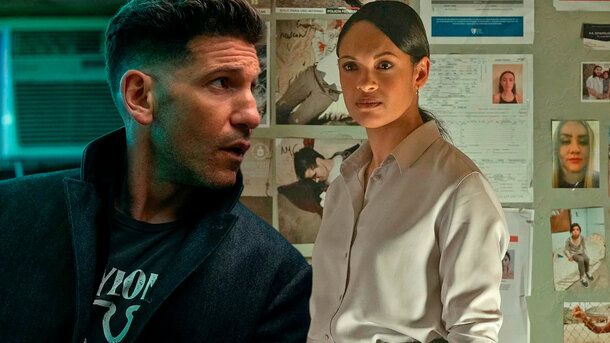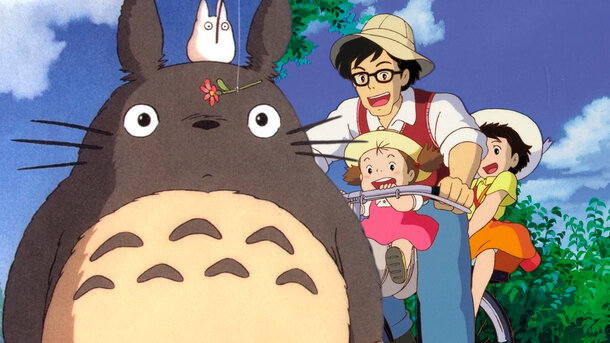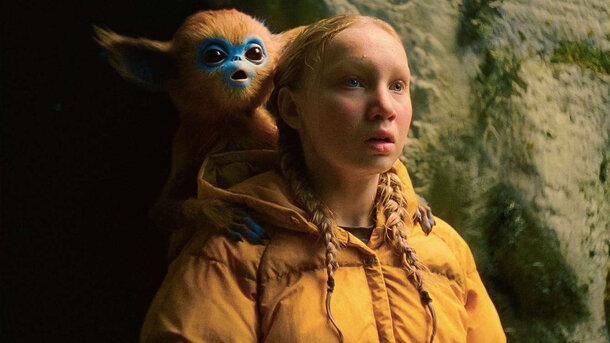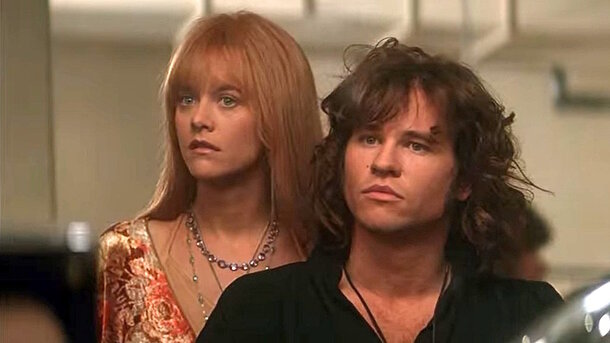There’s something about Taxi Driver that makes your skin crawl and your mind whirl, even decades after its release. I didn’t expect to be this rattled watching it again, but trust me — this isn’t just another gritty New York flick from the ‘70s. This is a psychological plunge into isolation, rage, and the eerie calm before the storm. Scorsese doesn’t just drive us around Manhattan — he takes us straight into the spiralling chaos of a man’s crumbling reality.
The City Bleeds — And So Does Travis
Robert De Niro is hypnotic as Travis Bickle, a former Marine turned taxi driver who prowls the neon-lit streets of New York like a wounded animal, sleepless and seething. We’re never handed his trauma in tidy exposition. Instead, we’re shoved into the front seat beside him — witnessing his obsessions with a political campaign worker named Betsy (Cybill Shepherd), his disgust with the city’s filth, and his dangerous attempt to “rescue” a young girl, Iris, played unforgettably by Jodie Foster.
It’s a spoiler-free zone here, but let’s just say the journey from disconnected cabbie to self-styled vigilante is nothing short of chilling.

A Masterclass in Direction and Unease
Martin Scorsese’s direction is claustrophobic brilliance. Every shot drips with tension — smeared windows, garish lights, and De Niro’s unblinking stare. The pacing is slow but deliberate, like a ticking bomb that won’t stop until it explodes. The camera lingers just long enough to make you squirm, and Bernard Herrmann’s unnerving jazz-infused score (his final composition before passing) is the heartbeat of this psychological inferno.
Performances That Redefine Intensity
De Niro’s transformation is legendary, from the shaved mohawk to the infamous mirror monologue — “You talkin’ to me?” wasn’t just improvised, it was immortalised. Jodie Foster, only 12 at the time, delivers a performance far beyond her years. There’s something quietly devastating in her portrayal of Iris, both childlike and worldly, making the film’s tension all the more unbearable.
Audience Reactions: USA vs. UK
In the United States, Taxi Driver was an instant cultural jolt — controversial, praised, and fiercely debated. It became a touchstone for discussions around urban decay, mental health, and violence. In the UK, critics were equally captivated, though the response leaned more towards viewing it as an arthouse triumph — something to be studied rather than feared. British audiences often cite it as a key influence in psychological cinema, with reverence for its political subtext and noir overtones.
Aged But Never Outdated
Despite being nearly 50 years old, Taxi Driver hasn’t aged — it’s just matured, like a wicked bottle of wine that kicks harder with each sip. The themes of alienation, toxic masculinity, and failed systems are, if anything, even more relevant today.
Final Verdict
Watching Taxi Driver feels like stepping into a grim confessional booth — with no priest, no mercy, and no exits. It’s not comfort viewing. It’s a visceral, hypnotic, and bleak descent that still burns like the city lights outside Travis’s cab.
